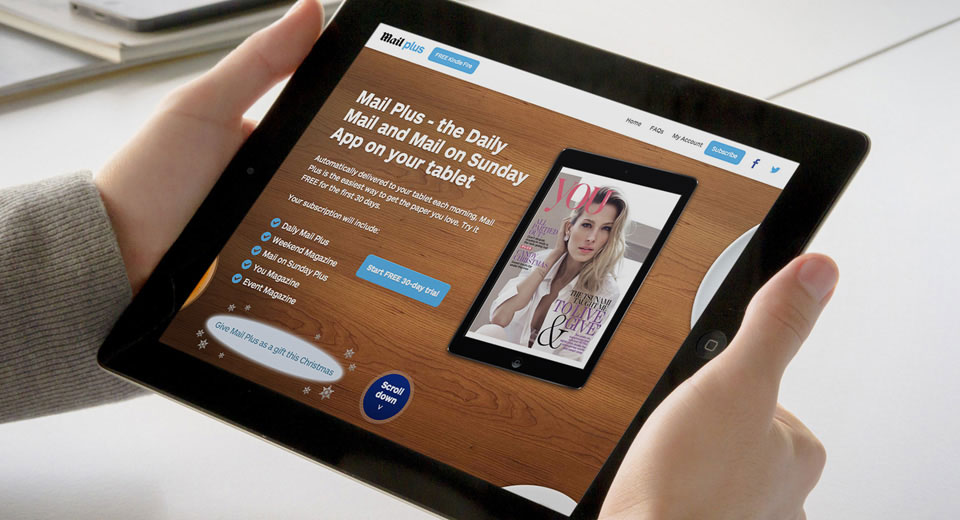Google Wallet or Leather wallet?
The payment channel market has seen a recent expansion with the addition of contactless payment methods available through your smartphone. With the new technology developing at an astounding rate, hackers and fraudsters are equally developing new tactics for defrauding consumers. The use of credit and debit cards saw a shift from pick pockets to online and cash point fraudsters. Now with the development of contactless payments how can we ensure the security of our personal and credit transaction data? And will this prove an easy target for those looking to take advantage of individuals using the new service?
Contactless payment technology allows consumers to make purchases via radio signal without swiping or pin entry. The latest addition to this service is Google Wallet which makes it possible for smartphone users to purchase items in store via their mobile device.. The system works by a ‘Secure Element’ within the device that stores card numbers and transaction history. When making a transaction the radio signal, from a trusted program, can access the information after the Android user has entered their pin code. The biggest concern about this system is the threat of malware, malicious links and attachments, with fears surrounding a hacker’s ability to take over the device and access this information. Google state that the phones operating system does not have the capability to read the data stored on the Secure Element. It does however activate when in close range to the radio signal and therefore could potentially be accessed when it starts up by hackers in control of the phone.
The uptake of this payment method may take longer than predicted however, as Google Wallet is being trialled in select cities and in a few stores and also relies on consumers having a compatible phone. With the banks and card companies, alongside Google, controlling the system, consumers will also be open to more specific purchase behaviour tracking and a breadth of advertising data collected with every transaction. No doubt the ease of use and innovative design will ensure a steady uptake in the users of this service but we must beg the question – is Google Wallet safer than the one that sits in our pockets?
Despite the potential for a more technically able thief to defraud users, this new system does appear to offer users not only convenience but security. With cash and credit cards vulnerable to even the most ham-fisted pickpocket and online transactions not always secure, the ability to protect our data securely through encryption and behind PIN’s actually seems a positive prospect for future payment solutions. With Google Wallet effectively demonstrating a benchmark for contactless payment development which other systems developers to build upon, it seems the future for consumers is contactless.
 us
us 






 Posted by MPP Global on
Posted by MPP Global on


